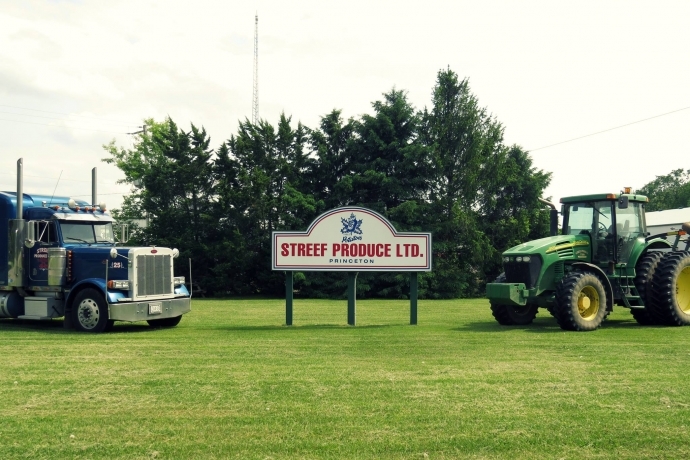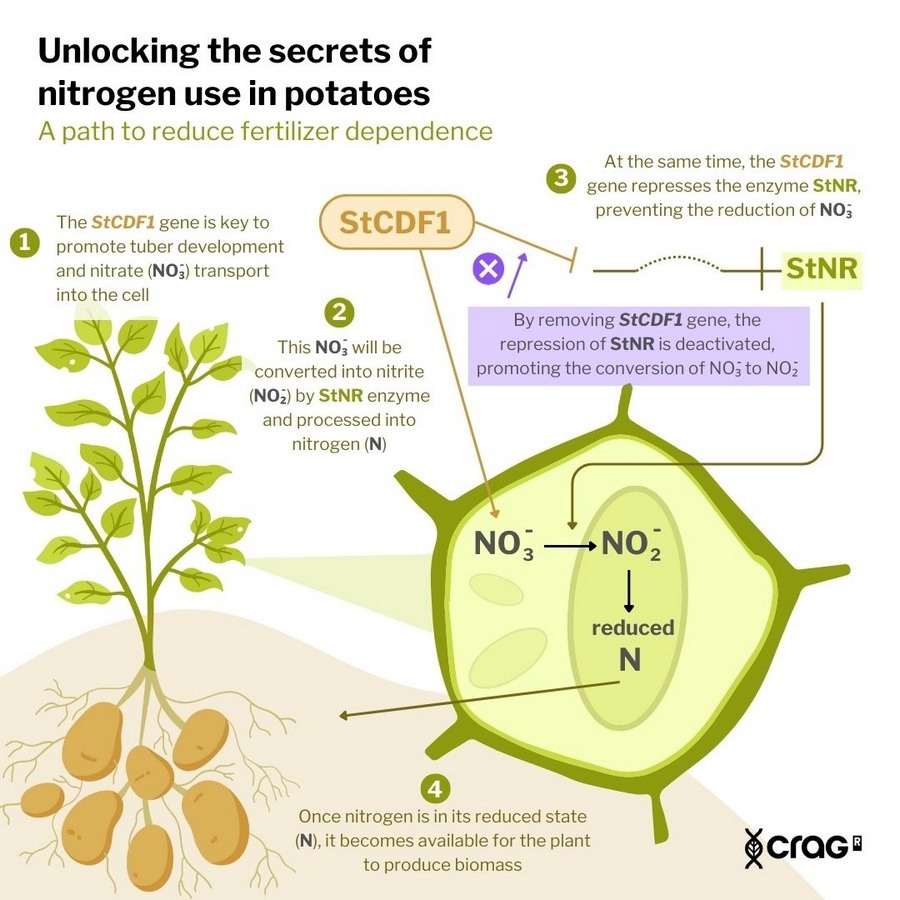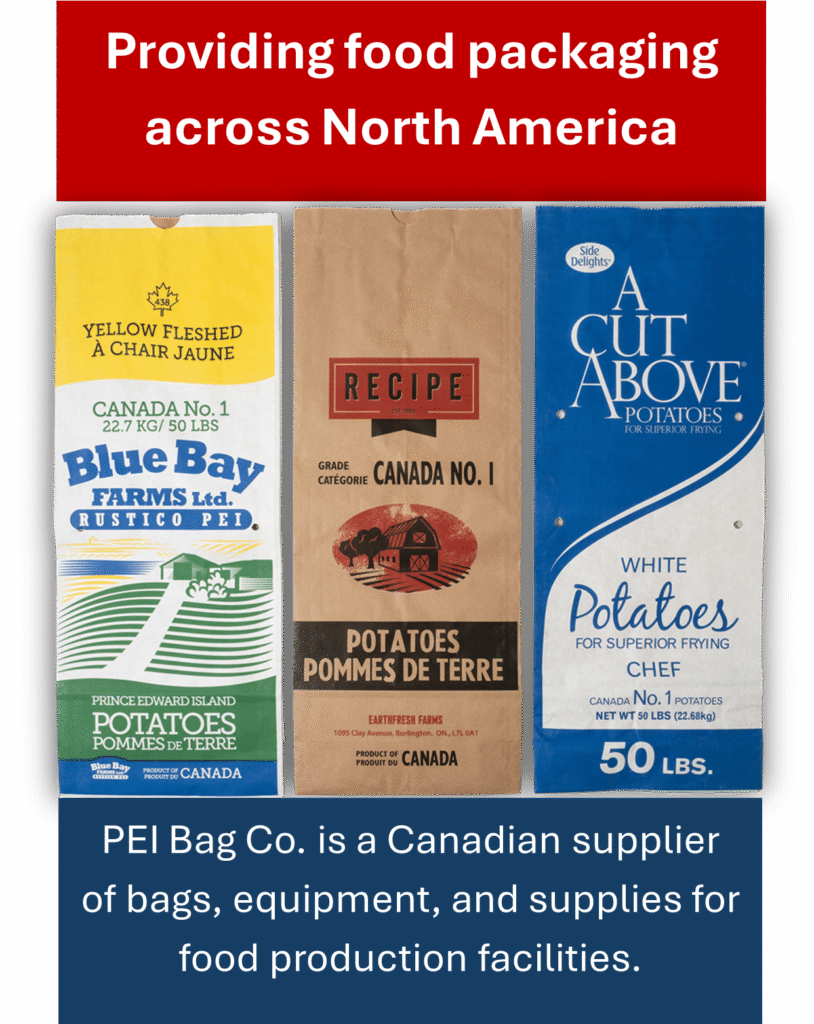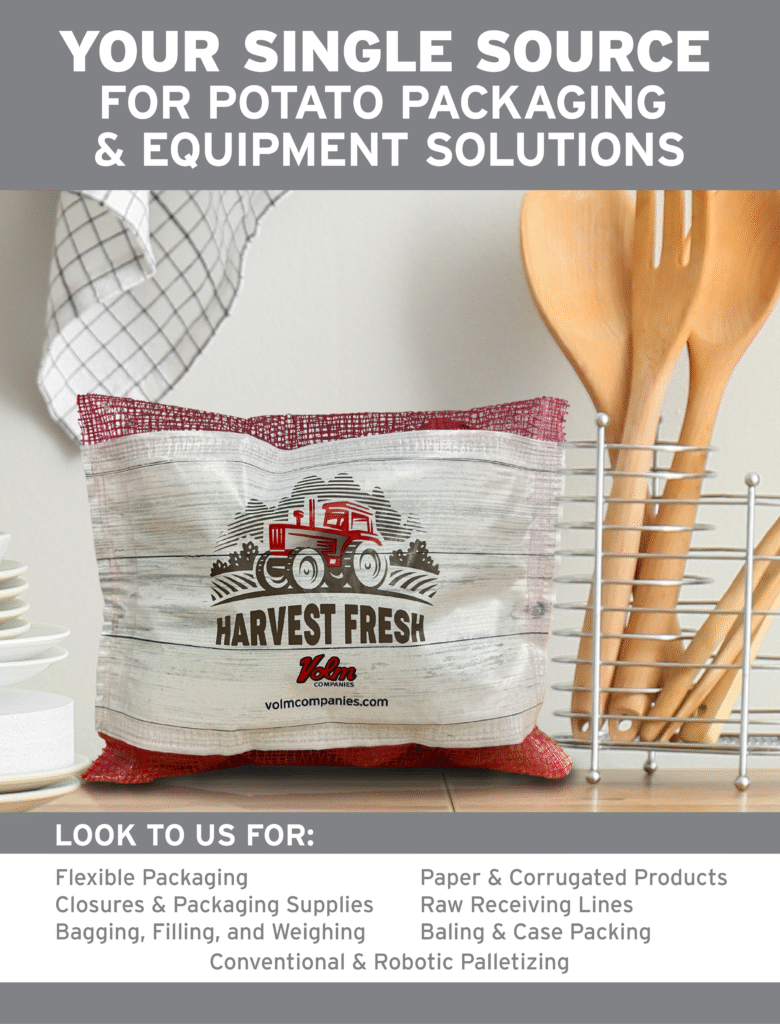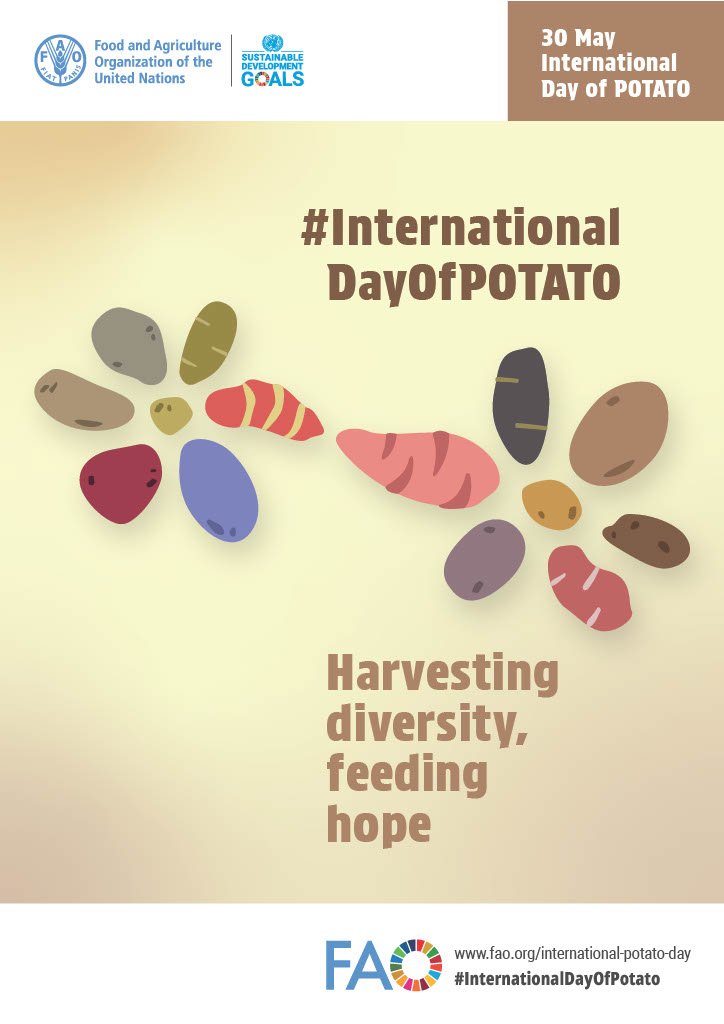CONSUMERS
Did you know?
Potato fact #1
Potatoes are produced in every province in Canada! Many think potatoes are only grown in PEI, and although they still plant the most acres, potatoes are also grown all across the country!

Potato fact #2
Potatoes have a Spanish origin and were originally called “Patata”. It changed in 1950 to potato but we often refer to them as Spuds, tater or tattie.
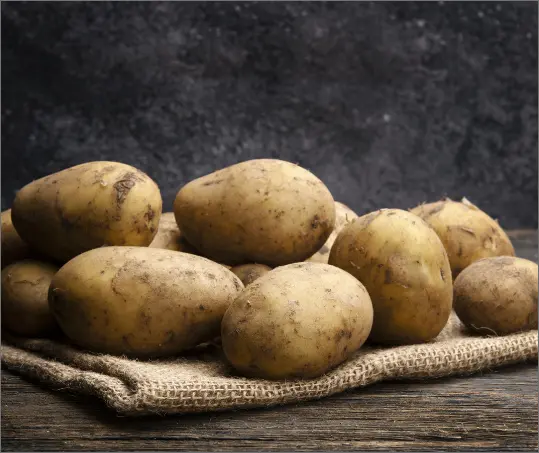
Potato fact #3
Potato chips are minimally processed and are usually made with only 3 ingredients: potatoes, vegetable oil and salt, versus 5 or more ingredients in other snacks!
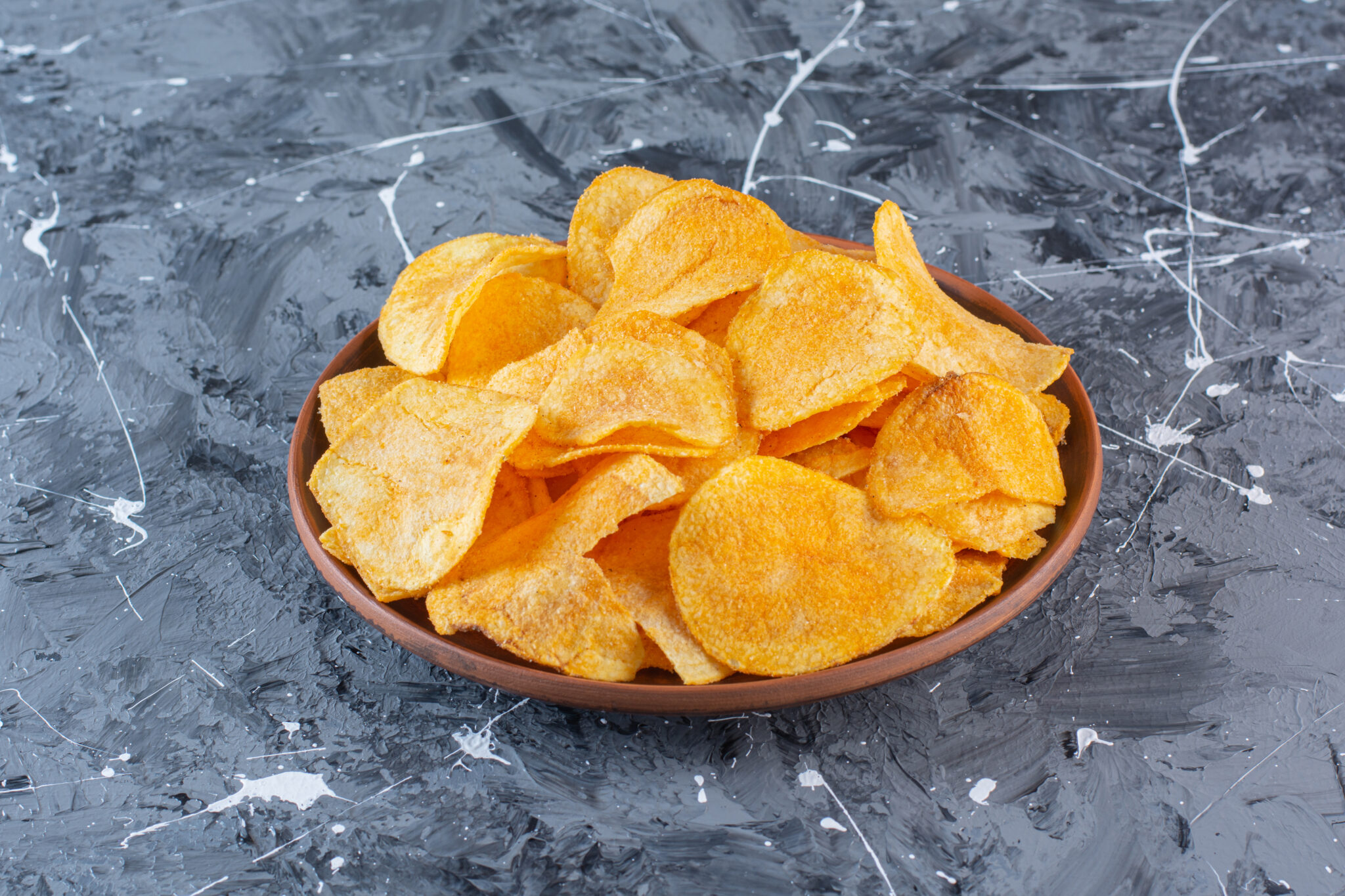
nutritional facts!
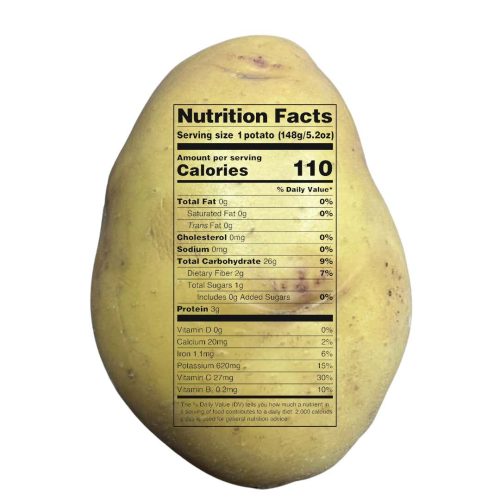
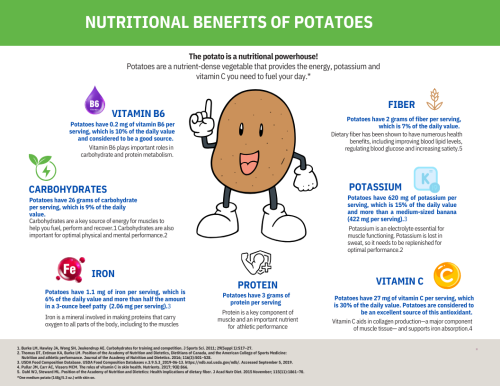
Canadian Potato Statistics:
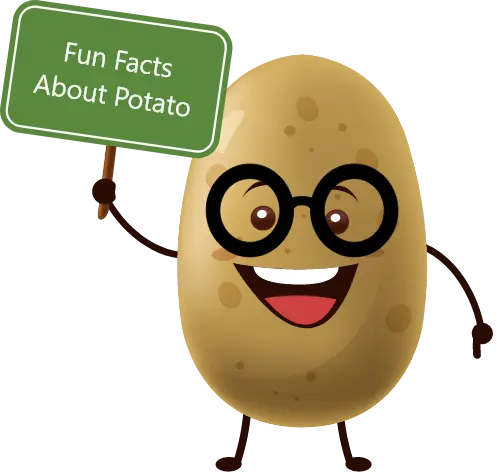
POTATOES IN SPACE!
Potatoes were the first vegetable grown in space AND THATS WHAT MAKES THEM OUT OF THIS WORLD
DEBUNKING THE MYTHS
MYTH: All of a potatoes nutrients are in the skin
FACT: The majority of a potato’s valuable potassium and vitamin C are found in the flesh
MYTH: Potatoes are empty calories
FACT: Potatoes contain carbohydrates to fuel, 2 grams of fiber, and 3 grams of plant-based protein
MYTH: Only fresh produce is good for you
FACT: Fresh, Frozen and Dehydrated potatoes are all optimal vegetable choices that contain nutrients
WORTH THEIR WEIGHT IN GOLD!
At one time in back in the 1890s potatoes were so valuable that they were traded for gold directly! Now THAT’S a superfood!
How do potatoes grow?
Sprout Development
After the seed potato or piece is planted, the piece provides nourishment for a sprout or seedling to grow. The eyes of the potato develop sprouts. The sprouts grow and emerge from the soil. Depending on the climate, shoots and stems rise from the ground two to six weeks after planting. A main stem and the first leaves begin to grow. The root system develops quickly and begins to absorb nutrients as the starch in the seed piece gets used up.
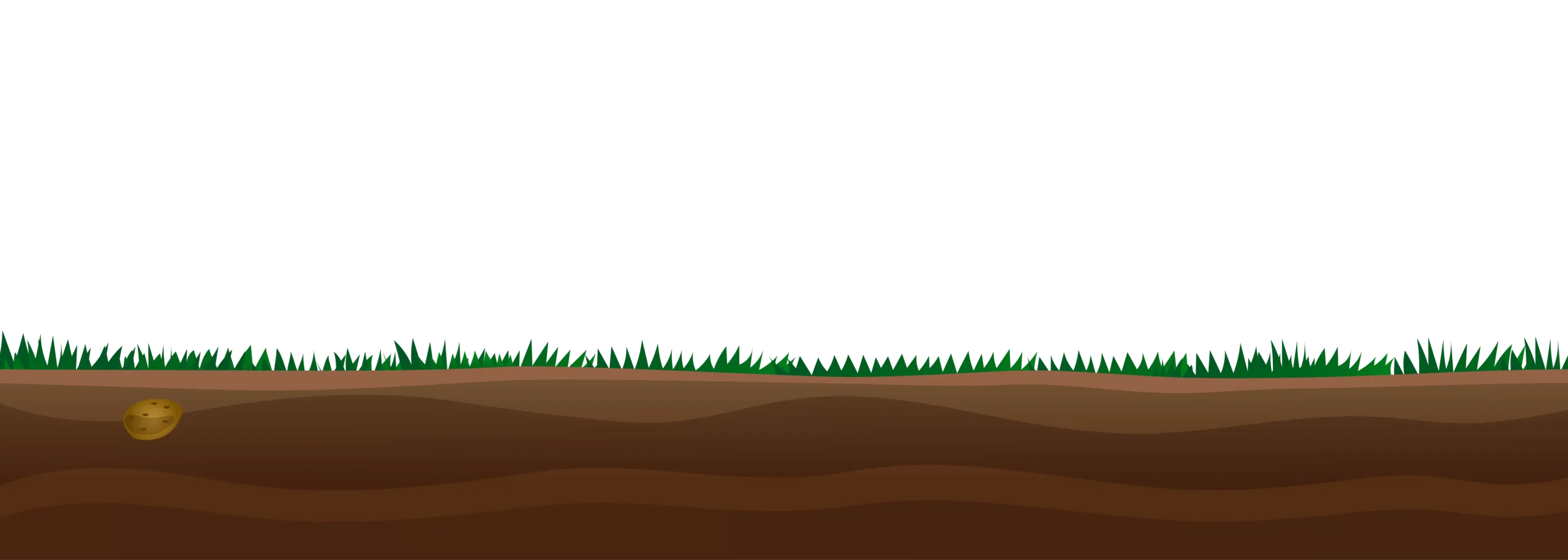
Vegetative Growth and Photosynthesis
The leafy part of the plant puts on a lot of growth over four or five weeks. With proper sunlight, photosynthesis begins in the leaves and stems above ground. Excess energy is channeled downward as stolons (underground stems or “tubers”) develop. These tubers develop above the original seed piece, not below it. The tubers grow out from the entire length of the underground stem, starting at the bottom to the uppermost section of the buried stem—the short underground stems (what we call potatoes) store nutrients. Soon, the plant’s main stem will stop growing and produce a flower bud.

Tuber Growth
Tubers begin forming on the end of stolons; the stolon tips swell, and tubers start to form. Above ground, shoots develop ahead of flowers. Stolons usually swell before the plant flowers. (Because the “root” of the potato plant is a stem, not a root, potatoes are considered tubers.) Tuber development begins 5 to 6 weeks after sprouts emerge from the soil. When a potato plant flowers, that is a sign that the nutrient process and tuber development have begun underground. (But it’s important to note that some potato varieties produce potatoes without flowering.)
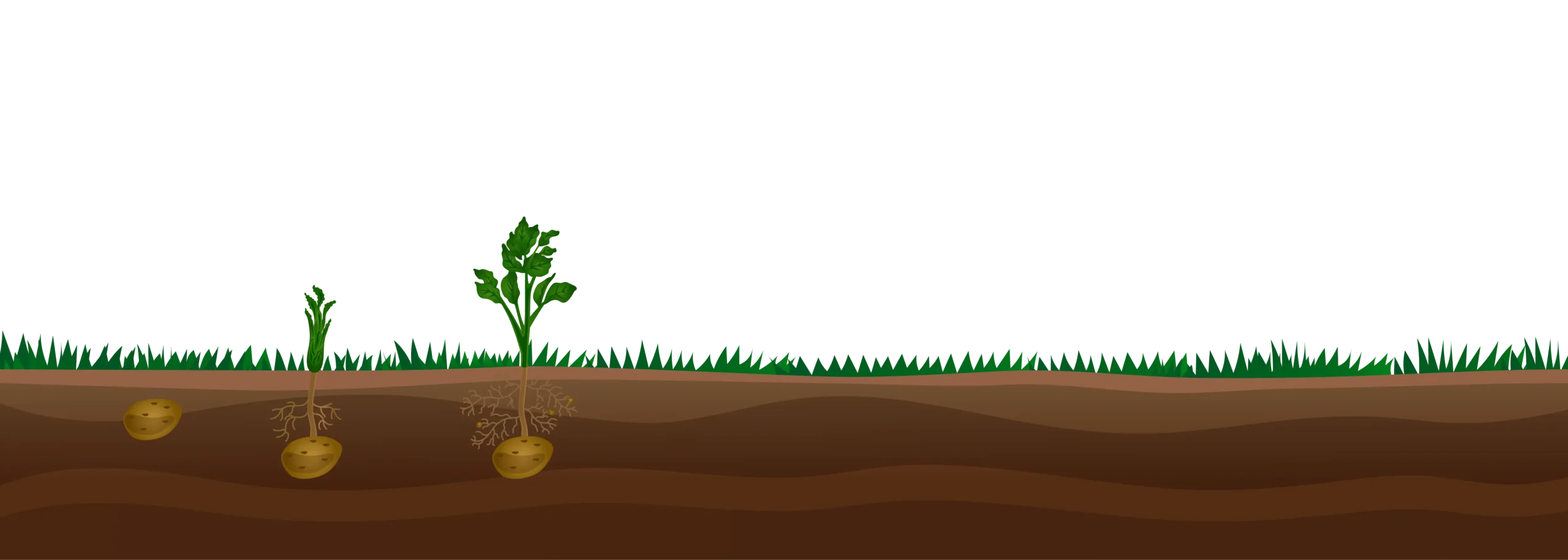
Tuber Bulking
Tubers enlarge. Sugars and starches accumulate in the newly formed tubers. Optimal soil moisture and temperature and the availability of soil nutrients are very important during this time for the best yield. Tubers form best in cooler temperatures. The best crops are produced when the daytime temperature is 60° to 65°F range and night temperatures are below 57°F. Fewer tubers form when temperatures are between 68° and 84°F, and no tubers form when temperatures are greater than 84°F. (When the weather is warm, the top part of the plant respires heavily, reducing the nutrients that can be stored in the tubers below ground.)
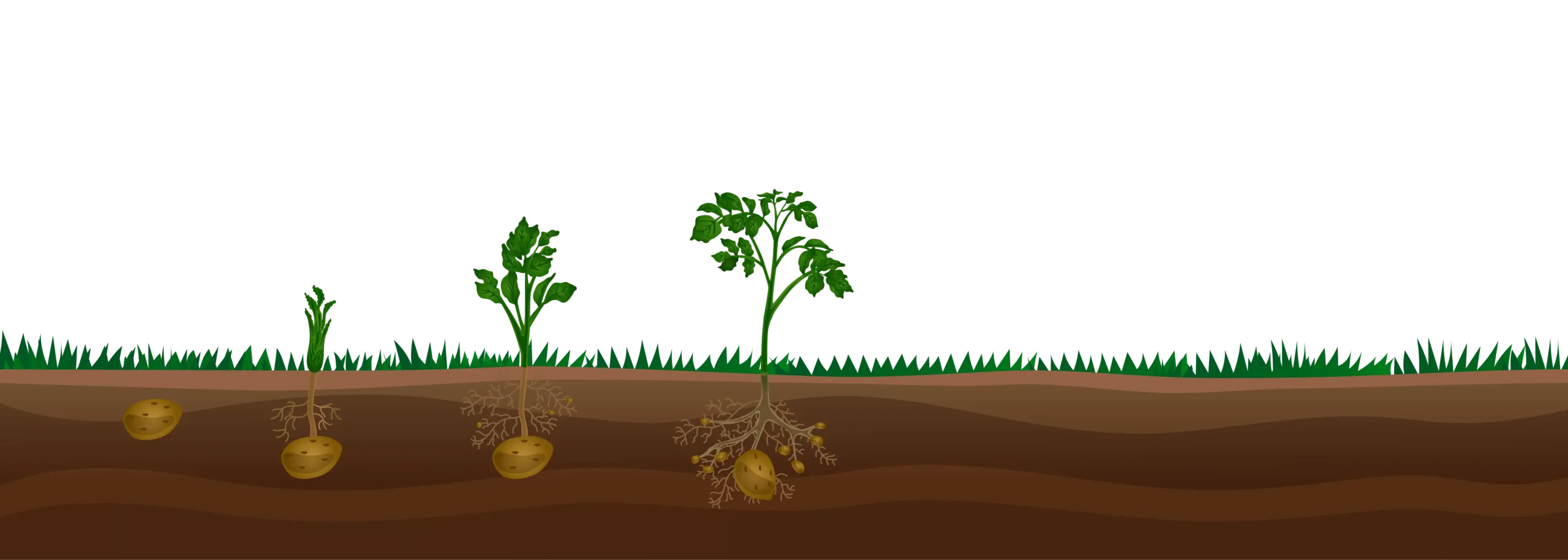
Maturation
As starch is stored in the tubers underground, the tubers enlarge and reach full size. The outside layer of the tuber gets tougher and tougher, keeping moisture within the potato. As the tuber skins harden, the leaves and stems above ground dry out and die. Potatoes can remain underground for a while after the tops begin to die, so the last energy in the foliage is transferred to the tubers. When the top of the plant dries out and yellows, tubers are ready for harvesting. The harvest of mature tubers can begin 10 to 26 or more weeks after planting (70 to 120 days), depending on the variety. Harvest potatoes at any size (Wait until the challenge day.) Potatoes will store well if their skin does not rub off easily.
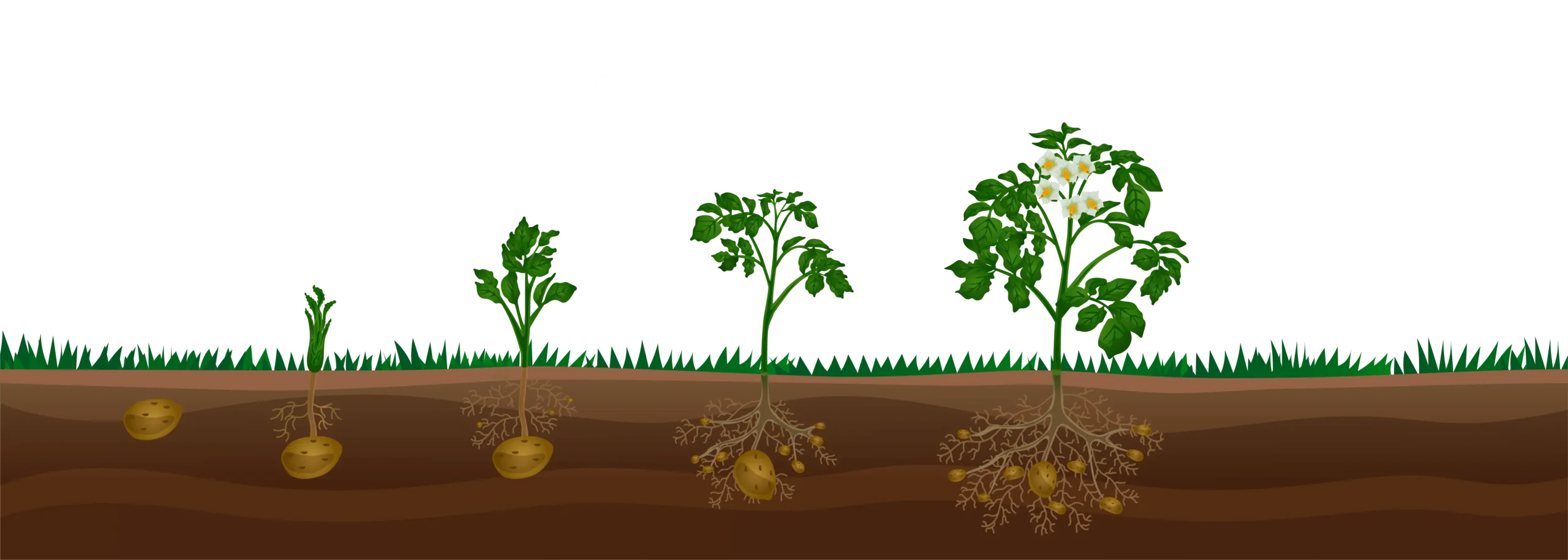

Recipes from around the world
Papas chorreadas

Papas chorreadas is a Colombian dish in which red potatoes are covered with a combination of cream, cheese, tomatoes, and scallions. The dish derives its name after the word chorrear, meaning to pour or flow, referring to the sauce that is poured over the potatoes.
Irish Potato Cakes (Potato Farls)

Potato farls originated in Ireland as a way to use leftover mashed potatoes from dinner the night before. Using leftovers makes this dish quick, easy, and delicious! Enjoy your St. Patrick’s Day (or any day) with this recipe!
Parmesan Encrusted Potatoes

An easy way to top off potatoes with parmesan cheese
Roasted yellow potatoes encrusted with parmesan cheese and garnished with fresh parsley and thyme
Ukrainian Dill Potatoes
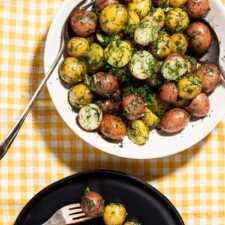
Garlic dill potatoes are a Ukrainian cuisine staple – wildly delicious, easy to make, just 4 ingredients.
Agriculture and agri-food business owners transferring farm or business assets to new owners now have a new option to consider, given recent changes to Farm Credit Canada’s (FCC) Transition Loan. […]
For Sale – 2 cultivators STRUIK 36 inches We are selling two 36-inch STRUIK rotary cultivators. These machines are designed to provide excellent quality work when preparing ridges for potato […]
Canadian farms are at a crossroads – are they prepared to deal with the cyber threats of today and tomorrow? Cyber threats are no longer distant possibilities, they are here, […]
The Ontario Fruit & Vegetable Growers’ Association (OFVGA) recently honored MP Scot Davidson and Streef Produce Ltd. with the Ontario Fruit and Vegetable Industry Partnership Award during its annual banquet […]
Crop markets follow weather, tariffs, currency fluctuations This article discusses the outlook for crop markets in early 2025, highlighting several key factors influencing production and trade. South American Production: South […]
Recent research has highlighted the StCDF1 gene’s critical role in enhancing nitrogen use efficiency in potatoes, an important crop for global food security. Led by Salomé Prat from CRAG, in […]



